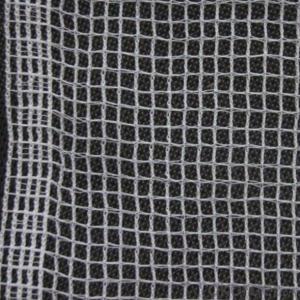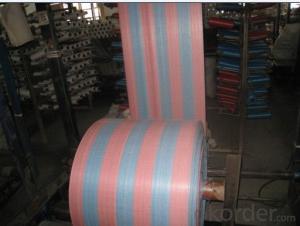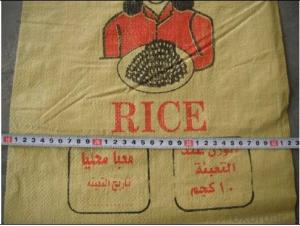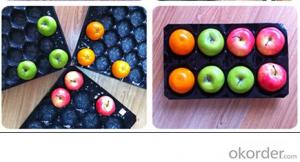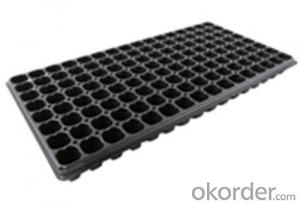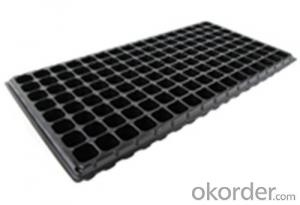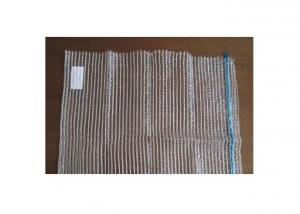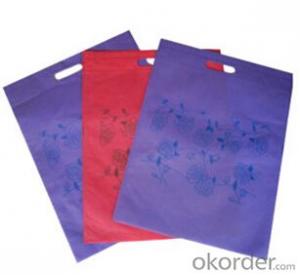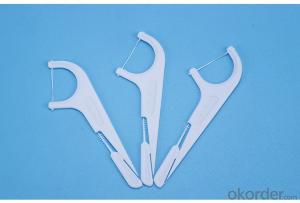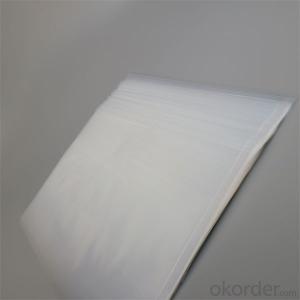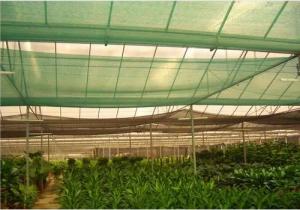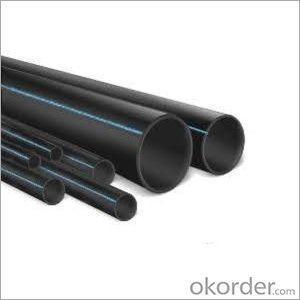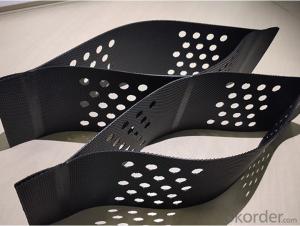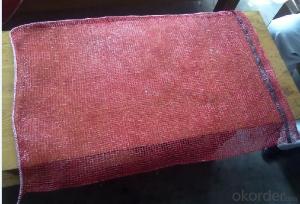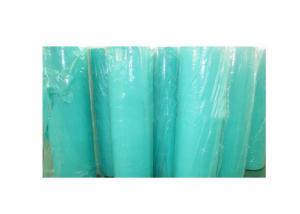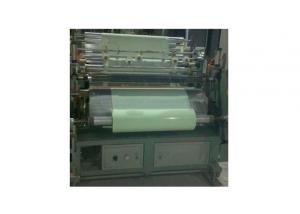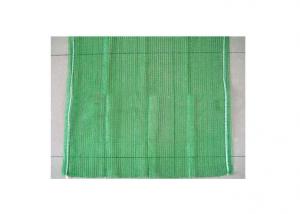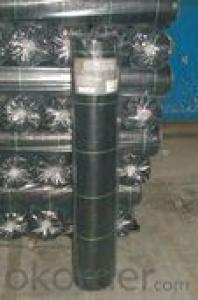Sunshade net different color for window screen
- Loading Port:
- Ningbo
- Payment Terms:
- TT OR LC
- Min Order Qty:
- -
- Supply Capability:
- 50000pcs pc/month
OKorder Service Pledge
OKorder Financial Service
You Might Also Like
Sunshade net different color for window screen
It is made from HDPE raw material with 9% UV .
The perimeter of each sail is designed with a gentle cantenary curve inwards towards the center of the sail to control the fabric tension. Shade sails have reinforced webbing around the perimeter and marine stainless steel D or "Delta" rings at each corner. When properly tensioned, shade sail fabric will not wrinkle, sag, or flap in the wind.
Net weight: 160g/m2--320g/m2
Size: 3x3m, 3.6x3.6m 3x3m, 3x3x3m,5x5m,5x5x5m and so on UV block: 85-95%
Roll size: 4x100m,2.1x100m,4.2x100m as customer's requests.
Material: 100% virgin HDPE
Using life: 5 ~10 years Gurantee
Export market: Europe ,America,Japan, the Middle East ,Africa
Shape: Square, Triangle , Rectangle
Packaging & DeliveryPackaging Detail: Each piece of sail will be put into a pvc hadle bag with a color label inside, seveal pcs packaging into a paper carton with shipping mark.
- Q:How do you maintain ground cover?
- Maintaining ground cover involves regular maintenance tasks such as mowing, weeding, mulching, and watering. These activities help control weed growth, promote healthy and dense ground cover, and ensure proper nutrient and moisture levels for the plants. Additionally, it is important to choose the right ground cover plants for your specific climate and soil conditions, as well as regularly monitoring and addressing any issues or diseases that may arise.
- Q:Can agricultural plastic products be used for beekeeping?
- Yes, agricultural plastic products can be used for beekeeping. Plastic materials such as hive components, frames, and foundation sheets are commonly used in beekeeping to construct and maintain beehives. These plastic products offer durability, easy maintenance, and can be designed to meet the specific needs of the bees.
- Q:How do agricultural plastic products help with nutrient delivery?
- Agricultural plastic products help with nutrient delivery by providing a controlled environment for plants, allowing for precise application of fertilizers and other nutrients. Plastic mulch, for example, can help retain soil moisture, prevent weed growth, and regulate soil temperature, all of which contribute to optimal nutrient uptake by plants. Additionally, plastic drip irrigation systems enable efficient and targeted delivery of water and nutrients directly to the plant's root zone, minimizing wastage and maximizing nutrient availability.
- Q:Are nursery trays suitable for air layering?
- Yes, nursery trays can be suitable for air layering. The trays provide a controlled environment for the rooting process, allowing for better root development. Additionally, the trays can easily accommodate multiple air layers, making them a convenient option for propagating plants.
- Q:How do I prevent ground cover from spreading into neighboring vegetable patches?
- There are a few strategies you can employ to prevent ground cover from spreading into neighboring vegetable patches. Firstly, create clear physical barriers such as installing edging or borders between the ground cover and the vegetable patches. This will help restrict its growth and prevent it from encroaching. Secondly, regular maintenance and weeding are key; make sure to consistently remove any ground cover that starts to spread into the vegetable patches. Lastly, consider using a mulch layer around the vegetables to suppress the growth of ground cover and inhibit its spreading.
- Q:What are some ground cover options for a modern urban garden?
- Some ground cover options for a modern urban garden include creeping thyme, Irish moss, mondo grass, sedum, and creeping Jenny. These plants are low-maintenance, provide a lush and green ground cover, and can thrive in various light and soil conditions.
- Q:Can ground cover be used to cover bare patches in the lawn?
- Yes, ground cover can be used to cover bare patches in the lawn. Ground cover plants like creeping thyme, creeping juniper, or sedum can effectively fill in bare patches and provide a lush and green appearance to the lawn.
- Q:Do nursery trays provide protection against pests and diseases?
- Yes, nursery trays can provide some level of protection against pests and diseases. The use of nursery trays helps to create a controlled environment that can minimize the risk of pest infestation and disease transmission. Additionally, nursery trays allow for proper spacing and isolation of plants, which can further reduce the spread of pests and diseases. However, it is important to note that nursery trays alone may not provide complete protection, and additional measures such as regular monitoring, proper sanitation, and integrated pest management practices should also be implemented to effectively manage pests and diseases in nurseries.
- Q:How do I prevent ground cover from overwhelming small flowering plants?
- One way to prevent ground cover from overwhelming small flowering plants is by creating physical barriers, such as installing edging or using a border material, to separate the two. Regular maintenance, including trimming and pruning the ground cover, can also help keep it under control and prevent it from smothering the smaller plants. Additionally, selective weeding and removing any invasive ground cover species can help maintain a balance between the two types of plants.
- Q:How do you establish ground cover in a shaded area?
- To establish ground cover in a shaded area, you can opt for shade-tolerant plants that thrive in low-light conditions. Some suitable options include ferns, hostas, ajuga, pachysandra, and lamium. Prior to planting, prepare the soil by removing any weeds or debris, and amend it with organic matter to improve drainage and fertility. Ensure that the chosen ground cover plants are well-suited to the soil type and moisture levels in the area. Provide regular watering and occasional fertilization as needed to promote healthy growth.
1. Manufacturer Overview |
|
|---|---|
| Location | |
| Year Established | |
| Annual Output Value | |
| Main Markets | |
| Company Certifications | |
2. Manufacturer Certificates |
|
|---|---|
| a) Certification Name | |
| Range | |
| Reference | |
| Validity Period | |
3. Manufacturer Capability |
|
|---|---|
| a)Trade Capacity | |
| Nearest Port | |
| Export Percentage | |
| No.of Employees in Trade Department | |
| Language Spoken: | |
| b)Factory Information | |
| Factory Size: | |
| No. of Production Lines | |
| Contract Manufacturing | |
| Product Price Range | |
Send your message to us
Sunshade net different color for window screen
- Loading Port:
- Ningbo
- Payment Terms:
- TT OR LC
- Min Order Qty:
- -
- Supply Capability:
- 50000pcs pc/month
OKorder Service Pledge
OKorder Financial Service
Similar products
New products
Hot products
Related keywords



